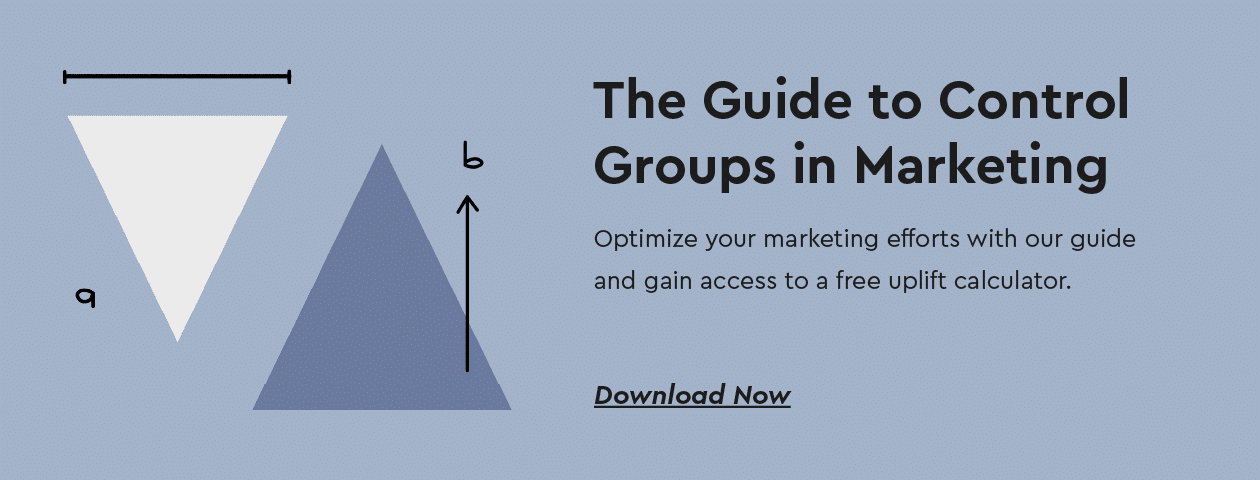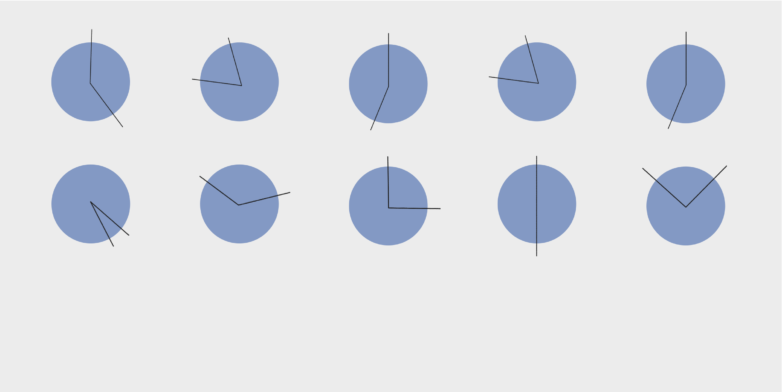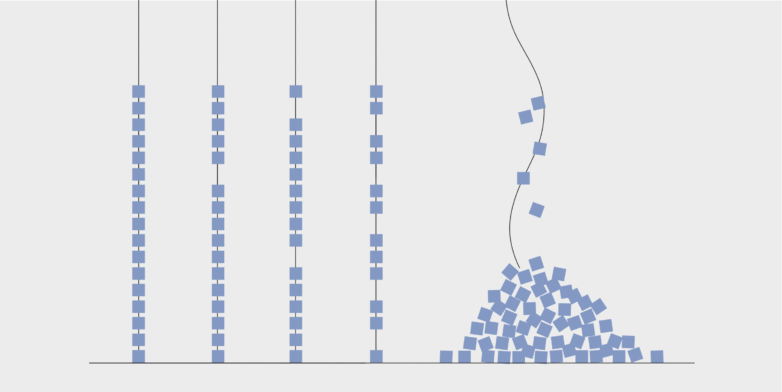What is Customer Insight Marketing?
Customer insight refers to having a deep understanding of your customers, their behaviors, their preferences and even their needs. By analyzing the wealth of data you have about your customers – including browsing history, purchase patterns, returns, campaign response patterns, demographics and predictive modeling – you can communicate with them in a highly personalized way and consistently provide them with added value that leads to strong loyalty and long-term relationships.
How to treat every campaign like a marketing experiment
Customer Insight Marketing Analysis, Strategy and Tools
Using customer insight to build strong customer relationships begins by collecting and cleansing all the available data you have about your customers. The rest is about using that data to understand your customers so well that every interaction with them demonstrates relevancy and emotional intelligence.
You need to have the right customer insight tools at your disposal. Analyzing your customer data to find patterns requires leveraging advanced technologies (such as customer modeling, predictive analytics, machine learning and artificial intelligence) to anticipate their next steps, their wants and their needs. Then, you need to craft messaging and offers that perfectly match each customer’s unique affinities, timing and channel preferences.
At a higher level, you need to leverage customer insight in order to build customer marketing strategies that will make your customers think twice about buying elsewhere, even in the face of aggressive advertising or lower prices from your competitors. Detecting behavior patterns, trends and opportunities – combined with marketer creativity – can lead to an endless set of customer campaigns that maximize customer loyalty and spend.

Customer Insight Marketing Examples
To get your creative juices flowing, here are some examples of how real businesses have used customer insight to improve their customer relationships:
- A healthcare and wellbeing products retailer uses next-expected-purchase algorithms to automatically send replenishment reminder emails at exactly the right time – to tens of thousands of customers – something that has dramatically increased the re-order rate of these price-sensitive products.
- An online cosmetics retailer identified ~5% as the brand’s optimal discount level to maximize spend and customer future value, while minimizing revenue cannibalization due to excessive discounting. The marketers discovered that customers who receive the smallest discounts (up to 5%) exhibit higher future value than both those receiving no discounts at all and even those receiving high discount levels (10%+).
- A social gaming operator uses a sophisticated customer model to segment its players into dozens of individual data-driven segments (or player “personas”). These personas are based on lifecycle stages, player activity (e.g., specific game features used), predictive analytics (e.g., likelihood of churn), response history to earlier communications and many other factors. The marketers then created specific campaigns for each persona, which are sent automatically when specific combinations of factors occur. More than 90% of the company’s players receive these personalized, activity-triggered campaigns, resulting in 24% higher revenues.
- An online gaming operator leverages risk-of-churn predictive analytics to identify individual customers who appear to be lapsing. Fully automated and customized re-engagement campaigns, containing personalized incentives most relevant to each individual customer, have decreased the annual churn rate by over 10%.
- A subscription meal delivery company surfaced the customer insight that customers who rate their meals (regardless of rating level) exhibit dramatically higher future value. The brand has since implemented automated strategies to increase the number of customers who rate their meals, leading to double-digit percentage increases in average order value and customer lifetime value.
- A fashion retailer used customer modeling to reveal that customers using the retailer’s iOS app spent 76% more during their first year, as compared with all other customers. The brand is now automating a differentiated strategy based on platform preference.
The Guide to Control Groups in Marketing
Optimize your marketing efforts with our guide and gain access to a free uplift calculator.
Watch the short video below for a quick micro-workshop that demonstrates a customer insight made on new customers at an online betting operator. Or you can skip the video and read the textual explanation here.
Improve Customer Insight and Increase Customer Loyalty with Optimove
Optimove is a Relationship Marketing Hub that combines an advanced customer insight platform with an automated marketing orchestration system. In a nutshell, Optimove helps marketers implement a systematic approach to understanding their customers and predicting their behavior, and then to plan, execute, measure and optimize a complete, highly personalized customer marketing plan.
Visit the Optimove Product page or request a Web demo to learn how you can use Optimove’s customer insight software to achieve cutting-edge customer insight and to automate a complete system of highly effective customer marketing activities.
Frequently Asked Questions
What are the 5 criteria for choosing a customer segment?
Choosing a customer segment is simple. Here are five criteria for choosing a customer segment that will maximize the value of each individual customer.
- Utilize all available data. Making predictions or assumptions without the use of data will rarely yield results.
- Track dynamic changes. This means frequently updating new data and continuously recalculating the segmentation of every customer. In other words, you want to track as customers move from one micro-segment to another over time.
- Focus on the long term. You want to analyze customer lifetime value. It is critical to avoid focusing on “”action-centric””, short-term customer segmentation, and instead focus on the long-term impact of a marketing action.
- Choose an approach to segmentation. There are two main approaches to customer segmentation: rule-based segmentation and cluster-based segmentation.
- Rule-based segmentation requires you to create a set of rules that represent specific attributes of each customer. This is a simple way to catagorize customers because it divides customers based on just one attribute.
- On the other hand, cluster-based segmentation is used to divide customers into groups based small variations, and with multiple attributes.
- Create micro-segments. Finally, it is important to note that you can create customer segments on a granular level where you are able to create smaller segments from existing segments. This helps deliver hyperpersonalization.
How does Optimove perform customer segmentation?
Optimove uses advanced algorithms developed from the domains of cluster analysis and decision theory. Every piece of available information with potential marketing value is incorporated into the segmentation process, within a hierarchical data structure, including lifecycle stages (e.g., new, active, risk of churn), behavior patterns, previous campaign response history, predicted lifetime value, prediction to churn, demographics and even realtime customer behavior.

Get a personalized tour of Optimove
Let us show you how to go from tens to hundreds of segments


